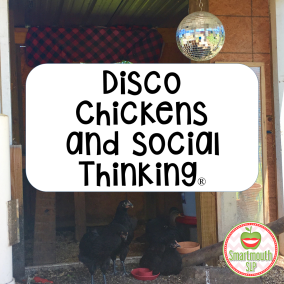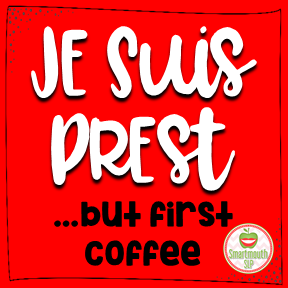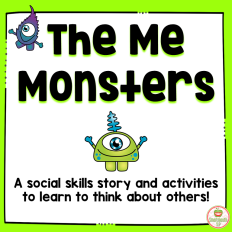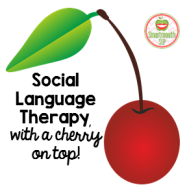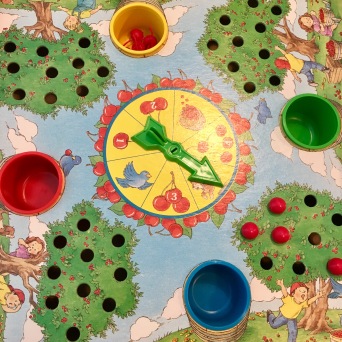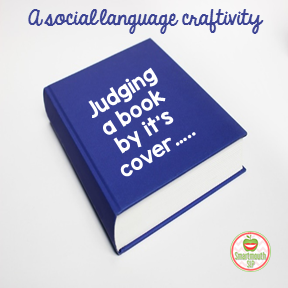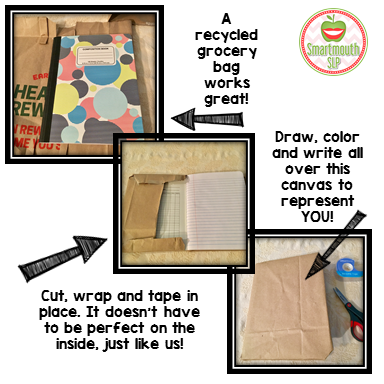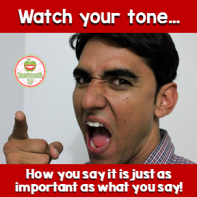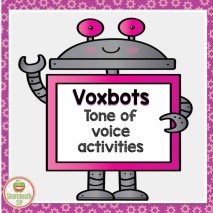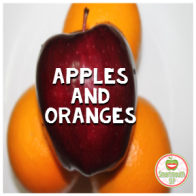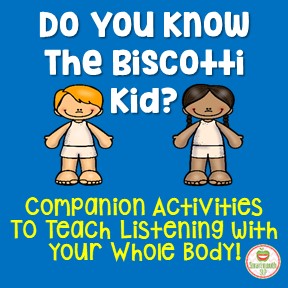
I have shared my love for Sesame Street’s social emotional videos before, especially Biscotti Karate ! They have an entire library of videos that you can use to teach SEL (social emotional learning) concepts such as waiting, sharing, emotional regulation and whole body listening! My students LOVE the video with Cookie Monster as the Biscotti Kid, and we talk about listening with our whole body often in my autism and preschool classrooms.
There is a lot of exciting research going on in the field of autism in the Atlanta area and part of these studies and research are being implemented in my county. My school is part of a research and teaching program with The Marcus Autism Center’s Emily Rubin, and last week we were videotaped on how we are implementing the SEE-KS and SCERTS models in our autism and preschool classrooms. There is nothing like being recorded on a Monday morning with a wild and woolly class of eight K-2 students with autism, but my friends were super stars that day!!
We reviewed the Biscotti Kid video (they have seen it previously this year) and then their fabulous teacher created an anchor chart to help our kids sort whole body vs. not whole body listening. I made visuals using Boardmaker for everyone to get a turn, but you can also use Smarty Symbols or Lesson Pix to create these images:
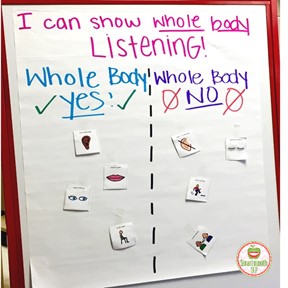
Next we made our own version of the Biscotti Kid’s cookie belt using tag board, yarn and this awesome clip art of Body Parts that I bought from Educlips TPT store. I grabbed these tags already hole punched at Hobby Lobby for under 2 bucks this week. Next, we glued each piece onto a tag (eyes watching, ears listening, mouth quiet, body calm). Add a little fine motor threading into this project and voila’, a Biscotti Kid Cookie Belt (or necklace, if you cut the yarn too short like I did)!
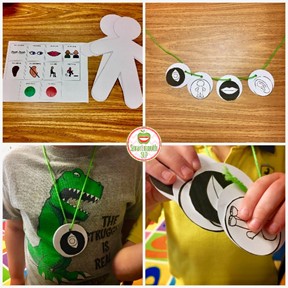
The last piece of this fun activity was for my students to draw themselves and identify how they use their whole body to listen. I got these body templates at Hobby Lobby too and they have a TON of uses over the next few weeks with me! I will be posting some ideas in the coming weeks to teach more social language concepts. We also use the book Whole Body Listening Larry to teach these same concepts in our speech sessions, and we do this often as it’s not a once and done lesson! This fabulous teaching story adds feelings and thoughts to our listening skills and is a great next step tool.
To encourage carryover with my friends after our lesson, I gave the teacher and parapro a bag of cookies (Oreos and their gluten free counterparts from Glutino). I showed my kids and told them that if their teachers caught them listening with their whole bodies, they would get a cookie, just like the Biscotti Kid!
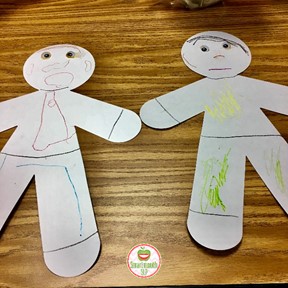
Have you used this video with teaching SEL? Share your ideas here!

